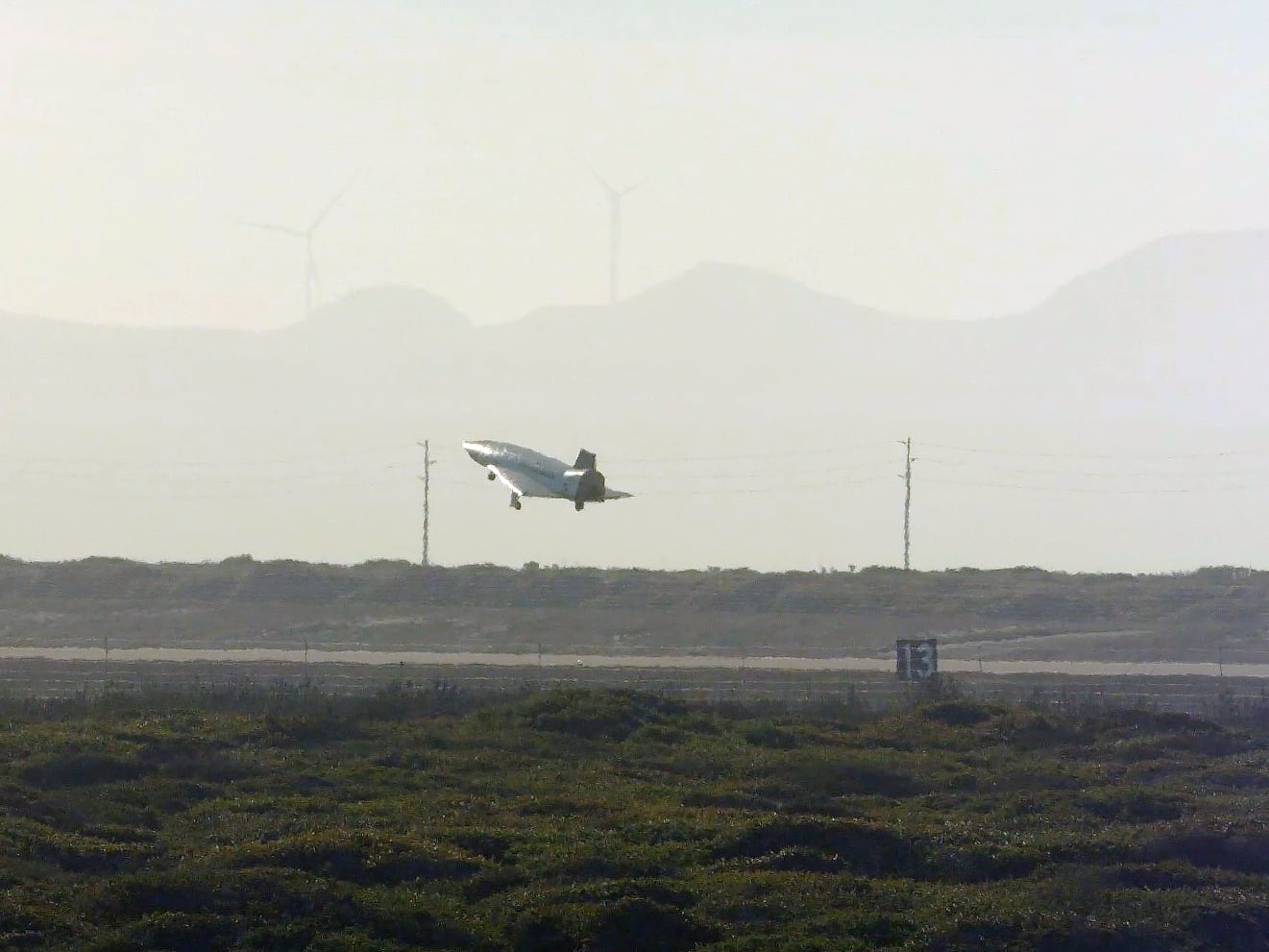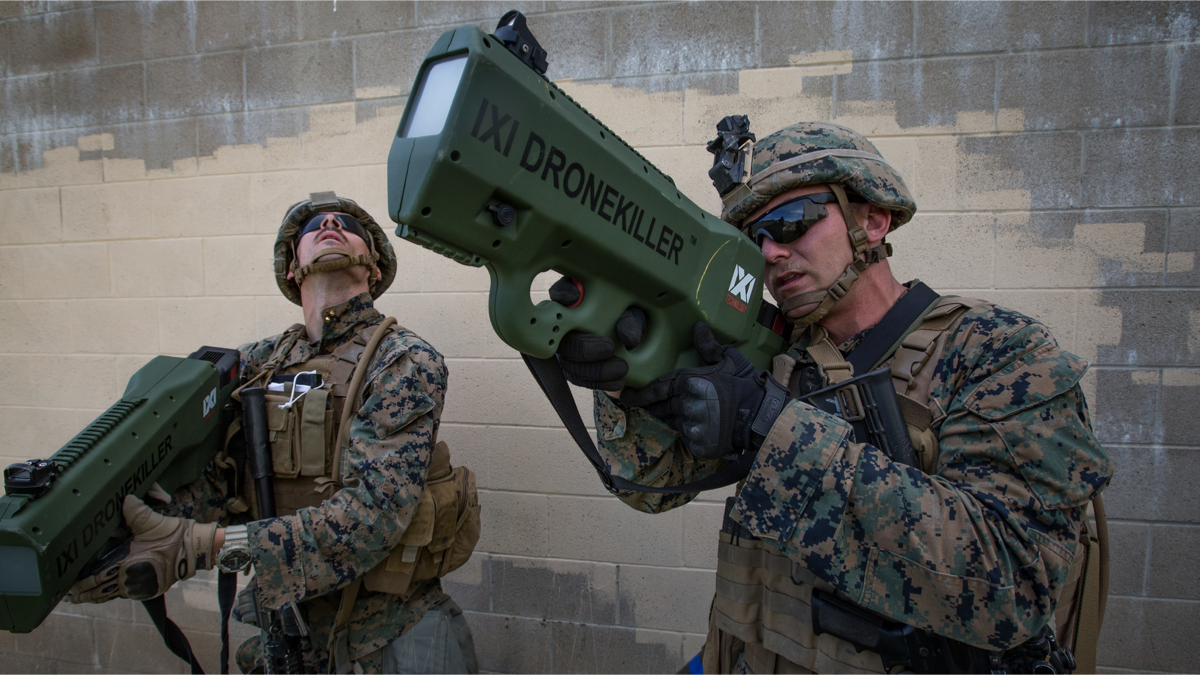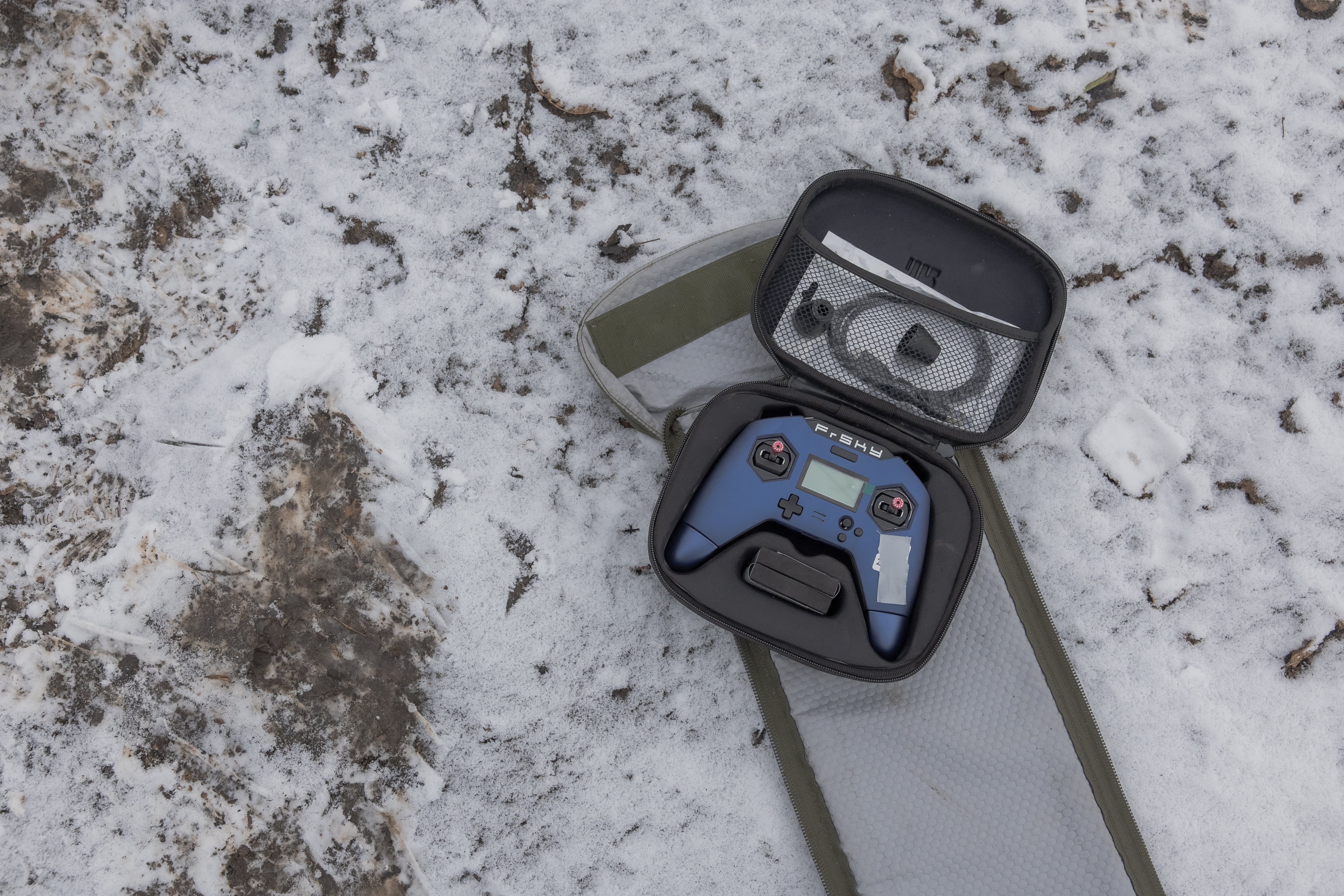WASHINGTON — The U.S. Army, as well as the other services and Pentagon organizations, is on a quest to find enduring countermeasures to defeat enemy drones in what has become a cat-and-mouse game.
Much like how a disease builds a resistance to drugs over time, the drone problem, especially in U.S. Central Command’s area of operation, is one that is constantly morphing.
According to a Defense Department organization tasked with combating the threat of unmanned aircraft systems, there is no single solution for every drone problem that friendly forces face when fighting the Islamic State group or any other enemy who can acquire cheap, commercially available drones.
Just over a year ago, the Joint Improvised-Threat Defeat Organization’s leaders took a trip to Baghdad, Iraq, on a fact-finding mission at the request of then-Defense Secretary Ash Carter.
The Iraqis were very specific that, as a top priority, they needed the ability to counter UAS threats from ISIS.
Upon returning from the trip, Navy Capt. Mike Egan, JIDO’s chief of the integrated delivery branch, answered a question from the audience at an explosive ordnance disposal symposium: “What did I hear over there? What the uniformed guys are telling me, and this is what I’m telling industry, is if anybody hasn’t noticed, there is no successful counter-UAS in Iraq,” Egan said. “There is no counter-UAS that works in Iraq.”
And so JIDO, the Army and sister services have been laser-focused on getting such a capability — even if temporarily — out to forces fighting ISIS.
“The adversary is going to adapt, and so we are never finding the solution,” Lisa Swan, JIDO’s deputy director for mission support, told a small group of reporters at an event hosted by the organization at Fort Belvoir, Virginia, on Oct. 17. “We adapt, they adapt, we adapt, they adapt. … Sometimes we put things out there and it isn’t a long-term need because they have adapted and we must move onto the next thing.”
[JIDA: Iraqis Want Counter-Drone Gear, Layered Security in Baghdad]
One of JIDO’s missions — born out of combating the improvised explosive device threat that proliferated during the wars in Iraq and Afghanistan — is to gather intelligence, watch the enemy and learn in order to anticipate and stay ahead of the threat; so the organization is constantly working to find a solution to send to theater that anticipates the enemy’s next move and counters it before the enemy can even make it.
Lt. Gen. Michael Shields, JIDO’s director, said the organization has seen a number of different ways ISIS has used drones to cripple forces fighting it. JIDO has seen them used for typical surveillance, but ISIS has become creative, strapping explosives to drones — essentially creating an airborne IED — and also turning vehicles and people into IEDs. Coalition forces have found IEDs in houses and used as booby traps.
But the proliferation of airborne IEDs — via quadcopter and fixed-wing aircraft — has been a major problem, and it’s sometimes hard to tell if the drone is just conducting surveillance or is armed. Some fly in and explode, whereas others simply drop small munitions from overhead.
One positive, Shields noted, is that ISIS “is significantly challenged in Iraq and Syria right now.” But he acknowledged that as JIDO and others work to counter the UAS threat, “there is no silver bullet.”
“There is no one technology or capability that is going to result in the defeat of these devices,” he said.
Nevertheless, JIDO has fielded a number of solutions to CENTCOM.
NINJA, LEAP
The organization showcased a few possible solutions currently under development at Fort Belvoir as proof it’s looking at multiple angles to defeat enemy drones.
In conjunction with the Air Force Research Laboratory, JIDO is working on a counter-UAS solution that combines two systems already deployed in CENTCOM — a software-defined radio device that can spoof a UAS by taking control or disabling it — called the Negation of Improvised Non-State Joint Aerial threats, or NINJA, and the Long-Endurance Aerial Platform, or LEAP.
NINJA was originally a ground system, but JIDO and the Air Force Research Laboratory are taking it and putting it on LEAP so it can disable enemy drones from the sky. The system will be demonstrated at Dugway Proving Ground, Utah, ahead of a deployment to CENTCOM next spring.
Additionally, the Air Force Research Laboratory is working on more of a “hard kill” solution (for when a threat isn’t responding to soft-kill electronic attacks) that uses a six-rotor, vertical takeoff and landing-capable UAS — in this case an M600 — that deploys a net to capture enemy drones. The system is platform agnostic.
The M600 can speed out to where a UAS has been detected, pick it up on its own airborne radar, deploy the net in a spread-out fashion and collect the drone.
The lab has tried many other net capture methods, according to David Hague of the Air Force Research Laboratory, such as other UASs that shoot out a net at a drone, which requires a great degree of precision, as well as ejected confetti such as streamers that get tangled up in a drone.
Spreading out the net prior to capture helps avoid issues should the net shoot and miss the target, so there is a higher level of reliability, Hague said.
The idea is to ultimately have the soft-kill and hard-kill counter-UAS solutions working together and handing off tasks when appropriate.
At DSEI, a defense conference in London, England, last month, a small Dutch company — Delft Dynamics — turned heads with its DroneCatcher system, which is a multicopter capable of taking out rogue drones by catching them with a net deployed from a “netgun.” Then the system can either drop the captured drone with a parachute if the area is clear, or fly it out of harm’s way.
Counter-UAS swarms AUSA
Counter-UAS capabilities seemed to proliferate as much as enemy drones have in CENTCOM at the recent Association of the U.S. Army’s annual conference in Washington.
Many of the solutions tied into larger short-range air defense systems — another big capability gap the Army is attempting to fill — but many stood alone to focus on the direct mission set.
Lockheed Martin touted its Q-53 radar, which is going to be configured for counter-UAS detection through easy software upgrades to the system.
Orbital ATK featured a system developed through a partnership with Liteye, a Colorado-based company, that takes Liteye’s AUDS nonlethal electronic attack radio-frequency jammer system already deployed in CENTCOM and pairs it with an Orbital gun that can fire precision-guided or air-burst ammunition to provide a hard-kill option.
The AUDS, or anti-UAV defense system, was rapidly deployed for CENTCOM and has already proved effective, drowning out more than 500 drones with electronic attack, according to Dave Dorman, Orbital ATK’s vice president of armaments systems within the defense and government relations sector.
The military in CENTCOM was provided tripod-mounted systems to be used on rooftops, but it was quickly discovered the system could be mounted on pallets and armored vehicles, and the forces there began moving them around the battlefield. CENTCOM has now generated a requirement for vehicle-mounted systems, Dorman said. Orbital hopes to have those fielded within the next six to 12 months, he said, adding that a contract is imminent to begin work mounting the AUDS to mine-resistant, ambush-protected, all-terrain vehicles, or MATV.
SRC, Inc. also had a wealth of counter-UAS technology such as the Silent Archer system that uses a 3-D multimission radar called SkyChaser. The company claims it can work on the move while detecting and tracking low, slow and small UAS.
Leonardo DRS announced at AUSA that the Army awarded it a production contract for a small amount of vehicle-mounted counter-UAS weapon systems that the service would assess in combat next year.
[Army to test counter-drone MATV upgrade in combat next year]
The Mobile Low, Slow Unmanned Aerial Vehicle Integrated Defense Systems — or MLIDS — went into testing this month at Yuma Proving Ground, Arizona, in advance of deployment.
The system consists of two vehicles. One MATV will be equipped with an elevated electro-optical infrared system that tracks and identifies UAS, and then jams them using an electronic warfare system. The other MATV will have a radar for UAS detection and tracking and will have a variety of kinetic weapons such as a turret with a .50-caliber gun. One of the other capabilities is a small UAS that can be launched from the MATV and flown forward to engage in an air-to-air fight with an enemy drone.
Raytheon also touted its laser dune buggy at AUSA, where a high-energy laser can take out drones from a Polaris MRZR all-terrain vehicle. The company claimed it will demonstrate the dune buggy at the Maneuver Fires Integrated Experiment at Fort Sill, Oklahoma, in December.
[Industry pitches munitions designed to defeat drones]
And many companies like Raytheon, Nammo and Lockheed Martin continued to beat the drum on munitions designed to defeat drones.
Jen Judson is an award-winning journalist covering land warfare for Defense News. She has also worked for Politico and Inside Defense. She holds a Master of Science degree in journalism from Boston University and a Bachelor of Arts degree from Kenyon College.








